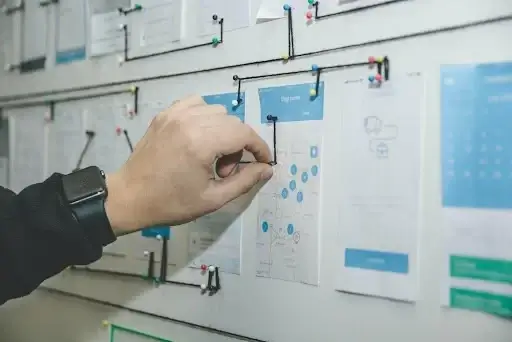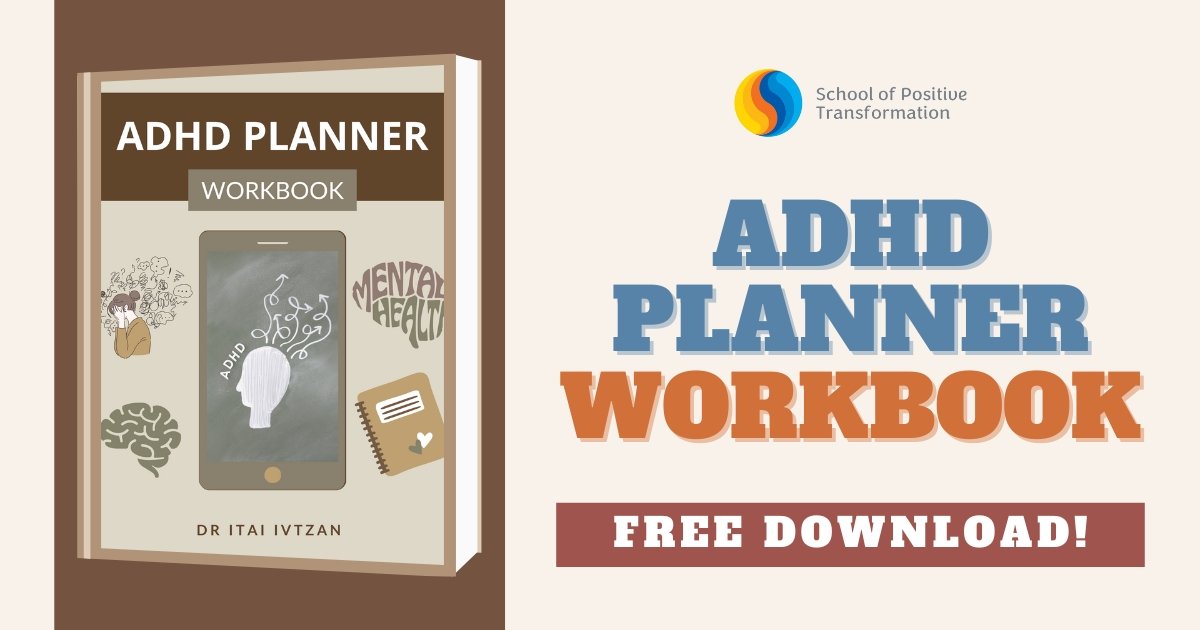Life Coach Training Techniques— Mind Mapping
 I only knew of this method from my life coach training. I know that there was a time in your life that you brainstormed an idea, but all you came up with was a lift. Wouldn’t it be nice if you knew how everything fits together quickly? Well, there was a way to do that. It’s called mind mapping.
I only knew of this method from my life coach training. I know that there was a time in your life that you brainstormed an idea, but all you came up with was a lift. Wouldn’t it be nice if you knew how everything fits together quickly? Well, there was a way to do that. It’s called mind mapping.
Mind Mapping is a valuable technique that helps in Learning, improving taking notes, showing relationships of different facts and ideas, and enhancing creative problem-solving.
In this article:
What are Mind Maps?
What Can I Use Mind Maps For?
Creating a Basic Mind Map
How to Effectively Use Mind Maps
Research-Backed Benefits of Mind Mapping
It is the key to Meaningful Learning
It aids in Memorization and Retention
It Improves Productivity
It Ignites Your Creativity
It Helps Improve Writing
But before you continue you might like to consider our free worksheet on exploring “ADHD”. Please download this worksheet here.
What are Mind Maps?
A consultant and author, Tony Buzan, popularized the idea of Mind maps. The map is a two-dimensional assembly, instead of the usual listing format used in taking notes. This structure helps in easier retention and recall for a review. This was a life changing lesion from my life coach certification course! According to Buzan, a good mind map shows a full view of the “shape” of a topic by connecting dots and showing the relative importance of individual points. Research shows the benefit of using mind mapping when dealing with complex information, especially during business planning and strategy development. Compared to conventional listing types, mind maps are more and usually take up just one side of the paper. This helps in creating associations and generating new concepts. It’s a lot easier to add further information, too, when you’re using a mind map. Mind Mapping is a great way to break down large projects or topics into manageable chunks. This way, you can plan effectively without forgetting important points and without getting overwhelmed.
What Can I Use Mind Maps For?
This is a technique that a life coach can teach to their coachees. Mind Maps are helpful for:
- Summaries
- Studying and memorizing information
- Taking notes
- Analyzing complex problems.
- Brainstorming (individually or as a group)
- Combining different sources.
- Presenting information clearly
Mind Maps are great for exercising information recall. When you have an established structure in your mind about the subject and how points are integrated with the shape, you can often have the cues you need to remember the information. There are studies too that have shown how highly valuable mind mapping is when learning a language. In our life coach certification course, we were taught how we can take advantage of this simple technique in analyzing the dilemma of our coachee.
 Creating a Basic Mind Map
Creating a Basic Mind Map
The steps are simple:
Step 1. Write the title or main subject of your brainstorming or problem that you are exploring in the center.
Step 2. I suggest that you use a pencil from here. Draw out from this central topic by thinking or noting subheadings of the issue or essential facts about the subject.
Step 3. Explore deeper into the topic to discovering the next level of related information. You branch out from your subtopics
Step 4. Repeat the process for the other level of facts, tasks, and ideas.
Step 5. Let your topics and subtopics branch out. Eventually, you might have to erase or replace issues, but as long as you have questions and answers for your article, you can subsequently pan out and see the whole picture after all those information is laid out.
This is best used when you’re dissecting a complex situation together with your coachee.
How to Effectively Use Mind Maps
As the above tells you how to create a mind map, the following are the tips (from our life coach certification course) in creating an effective mind map:
- Keep it specific and straightforward. It’s essential that you use single words and less complex phrases. Having a sentence or paragraph can add too much clutter. Try to keep every branching out on a point.
- Write in print- It’s a lot easy to read words in print rather than in cursive.
- You can separate ideas by using color- assigning colors can help in creating organization of the different level subject. It also makes it more engaging to do and benefits in an accessible visual recall.
- Use symbols and images – Incorporation of images can aid in remembering information more efficiently than words, so use symbols or pictures related to the subject or something related to you.
Research-Backed Benefits of Mind Mapping
We review various surveys and research studies to find the seven most significant benefits of mind mapping. According to studies, mind mapping improves information recall, Learning, productivity, and creativity.
1. It is the key to Meaningful Learning
In one study, researchers had defined three levels of Learning:
- Non-learning is a level of Learning where there’s no quantifiable difference between a gained knowledge before and after a student is taught with new material.
- Rote Learning is a level of Learning where new knowledge is learned but is not related to any current knowledge a student has on the subject.
- Meaningful Learning is the level of Learning where students acquire new knowledge and associate that new knowledge to knowledge the ones they already have.
The researchers defined meaningful learning as “a consequence of integrating new material and the prior knowledge structure.” They asserted that mind mapping helps students turn towards meaningful learning because it forces them to find connections between new understandings and existing knowledge. By mapping information around a central topic, students could form connections between what they already know and what they’ve just learned.
2. It aids in Memorization and Retention
These days, we have tools like printing presses, home printers, word processors, ball-point pens, and the internet—devices that all make it easy to document our thoughts on paper. But these tools have not always been as readily available as they are today. The Roman and Greeks used a visualization technique called loci for memorization and recalling information. They create mental visuals or structure for topics they need to remember, and the method allowed them to identify large amounts of data—such as an entire speech—at will. Mind mapping was a similar technique to loci, as mentioned in another research by Davies. He noted that “it provides the same benefits for memorization and information retention. In another study, researchers found that studying with mind maps helped increase retention by 10-15%.
3. It helps engagement in Learning
On the other hand, mind mapping does create meaningful engagement because learners actively engage in the process of brainstorming, generating ideas, and connecting concepts together while reviewing and developing mind maps. In addition to recommending that teachers use mind maps in the classroom while teaching, Davies suggests having students create mind maps of their own that can be used to assess learning and compare their mind maps with those of their classmates for additional meaningful learning activities.
4. It helps to simplify complex topics.
Every two years, Mind Mapping Software Blog surveys to discover the use cases for and benefits of mind mapping in business. In 2017, most respondents said that the significant benefit of mind mapping is that it helps “improved understanding of complex issues.” Some of the task mappings were used by respondents mainly for project management and knowledge management, and nearly 40% use it for strategic planning. There are few things in business that are more complex than planning major projects, developing a searchable knowledge base of company assets, or creating strategic plans for a company’s future. In our life coach training we are trained to dichotomize various social situations to pinpoint core problems that can help our coachee realize what they have to do.
5. It Improves Productivity
Another takeaway from Mind Mapping’s survey was that one of the most significant benefits of mind mapping is boosting your productivity. Frey writes:
- On average, mind mapping software helps busy executives in increasing their productivity by 20-30%. This finding, according to them, has been consistent in eight years.
6. It Ignites Your Creativity<
The final takeaway we’ll share from Frey’s survey on the benefits of mind mapping is that respondents said it helps them increase their creativity. Beginner and expert users alike said it gave them a 50% increase in their imagination.
Creativity is a benefit is also noted by customers at MindMeister, as users “get [you’re] ideas on paper as quickly as possible, and “empty your head when inspiration strikes.”
 7. It Helps Improve Writing
7. It Helps Improve Writing
In a 2009 study, researchers compared the writing activity of two groups of students. As a group received traditional in-class writing instruction with textbooks and lectures the other group received this instruction as well as the use of a mind mapping software that they were instructed to use for each writing assignment.
Researchers found no significant differences between the writing skills of the students in either group from a writing test that was administered before the research began, but notable differences were observable after the instruction was complete.
The study found that students in the group that used mind mapping software “made higher gains in writing achievement as a result.” Their results “showed more relevant details and better organized and connected ideas than paragraphs written by the control groups.”
This technique that I learned from our life coach training is truly life changing because, not only is it useful for our future career but also for our personal growth and development.
If you’re ready to enhance your creativity, improve your productivity, and organize your thoughts more effectively, download our free ‘ADHD Workbook’ and start using mind mapping to transform the way you work and think today.







